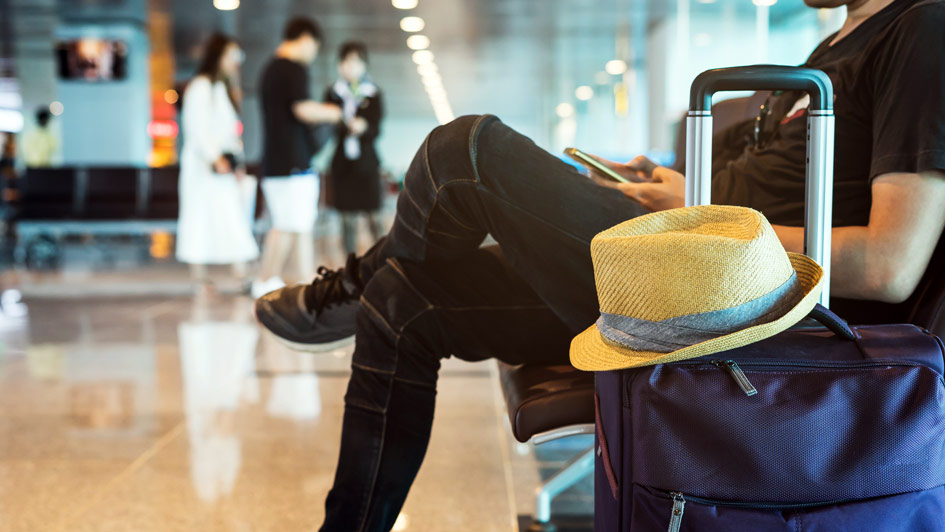
Between a tropical vacation or a lengthy trip for work, traveling means making plans for your home comfort system. You don't need it as long as you’re on a trip, so you can adjust the temperature as necessary to conserve your energy use. At the same time, you shouldn't just turn it off for the entire duration of your trip.
In general, it’s best to leave your HVAC system going and just make adjustments depending on the season. That way you can reduce energy costs without having to worry about coming back to an uncomfortable home. We’ll walk you through why you should avoid turning your HVAC system off as well as the most energy-efficient thermostat settings for various times of year.
Here’s Why You Avoid Leaving Your Thermostat on Hold
While you could be wanting to shut your HVAC system down before a trip, this can end up causing costly problems by the time you get back. This is particularly true in case the weather will be severely hot or cold while you’re out of town.
As an example, turning the HVAC system off during the summer can cause very high humidity. Not only will your home feel like a swamp when you come back, but it could have also stimulated mold/mildew growth or pest infestations.
And during the winter, letting your house get cold can lead to pipes icing over or even bursting. It’s never fun to return home from a long trip only to discover considerable water damage near a broken pipe.
Ideal Thermostat Settings While at Work
You can adjust the temperature even if you’re coming and going to work. Since you’re not home for around 8 hours or so, it doesn’t seem sensible to keep an empty home at the same temperature you’d usually have. In general, it’s suggested to adjust the thermostat by 5 degrees or so. This means that if you prefer a comfortable 72 degrees, consider increasing it to 76-77 while you’re at work.
But you can save even more if you try further adjustments to the temperature. As stated by the Department of Energy, you might save around 10% on your HVAC spending by making an adjustment of 7-10 degrees.
Ideal Thermostat Settings While on Vacation in Summer
If you leave for a longer trip in the hottest part of summer, you can make bigger adjustments. This ensures you don’t waste energy while still protecting your home from the problems that come with leaving it un-air conditioned. Around 5 degrees is suitable for shorter trips while closer to 10 degrees is best if you’ll be away from home for 2 weeks or longer. If you prefer keeping the house at 72 in the summer, 78-82 will offer great results.
Best Thermostat Settings While Away from Home in Winter
To try and find the ideal thermostat setting for a winter getaway, simply lower it by the same amount you would increase it in summer. 68 is a common winter thermostat setting, so adjusting to 63-58 will keep your plumbing safe while limiting how long your furnace operates.
Smart Thermostats Are Even Better: Advantages of a Smart Thermostat
A great way to optimize your home’s HVAC system while out of the house is with a smart thermostat. This advanced type of programmable thermostat uses intelligent software to track your typical comfort habits. It applies these preferences and makes automatic corrections to the schedule for higher energy efficiency. And with Wi-Fi compatibility, you can remotely access your heating and cooling with a smart device like a phone or tablet.
Smart thermostats are loaded with features to help you save on your energy bill. To provide an example, some models can track electricity prices to increase heating or cooling when prices are more affordable. They are compatible with high-efficiency, variable-speed equipment to fine-tune how long your HVAC system should run. It’s the optimal tool to enhance how you use your comfort system. If you’re thinking about investing in a smart thermostat, there are multiple ways you can lower your costs, in essence getting a smart thermostat for free. The next time you are away from home, you can enjoy true peace of mind that your HVAC system won’t stir up any trouble while you’re away.
